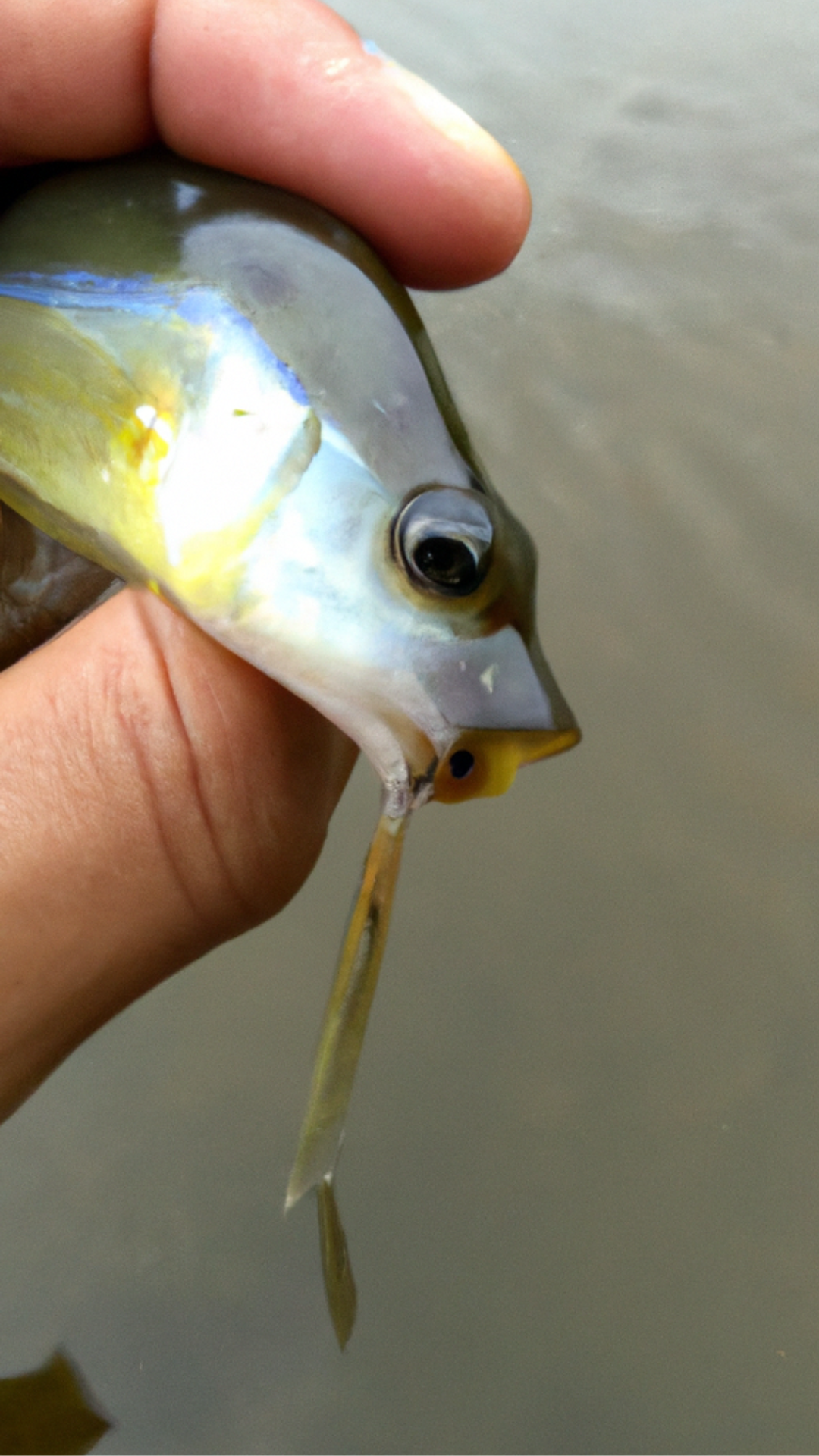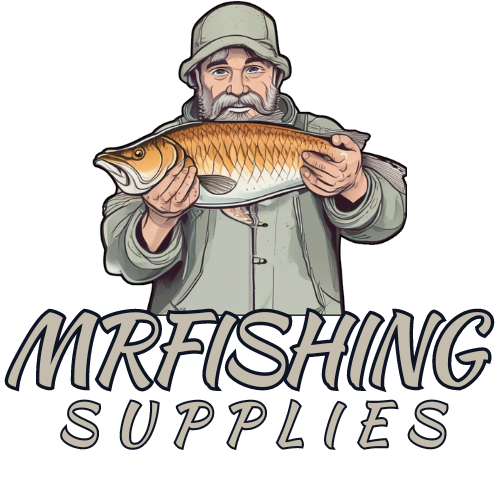
How to Catch and Release Fish Properly: Best Practices for Ensuring Their Survival
Share
Catch and release fishing is a popular practice among anglers who want to enjoy the thrill of fishing while ensuring the sustainability of fish populations. However, to maximize the survival rate of released fish, it’s crucial to follow proper catch and release techniques. This detailed guide will provide you with trending best practices for catching and releasing fish to ensure their survival.
Why Catch and Release?
Catch and release fishing helps maintain healthy fish populations and supports conservation efforts. Properly releasing fish ensures they can continue to grow, reproduce, and contribute to the ecosystem. However, improper handling can significantly reduce a fish's chances of survival. By following these trending tips and techniques, you can minimize harm and give released fish the best chance of survival.
Preparing for Catch and Release
Use the Right Gear
- Barbless Hooks: Use barbless hooks or crimp the barbs on your hooks. Barbless hooks are easier to remove and cause less injury to the fish.
- Circle Hooks: Opt for circle hooks, especially when using live bait. They are designed to hook the fish in the corner of the mouth, reducing deep hooking.
- Appropriate Tackle: Use appropriate tackle to land fish quickly. Prolonged fights exhaust fish, increasing their mortality rate.
Handle Fish with Care
- Wet Your Hands: Always wet your hands before handling fish to prevent removing their protective slime coat, which can lead to infections.
- Minimize Air Exposure: Keep the fish in the water as much as possible. Aim to release the fish within a minute or less.
- Use a Landing Net: Use a rubber or knotless landing net to minimize injury to the fish’s scales and fins.
Catch and Release Techniques
Playing the Fish
- Quick Landing: Use gear that allows you to land the fish quickly. The less time the fish spends fighting, the lower its stress levels.
- Avoid Exhaustion: Avoid playing the fish to the point of exhaustion. Exhausted fish have a lower chance of survival.
Handling the Fish
- Gentle Handling: Handle the fish gently and avoid squeezing. Support the fish horizontally to reduce stress on its internal organs.
- Avoid Touching Gills and Eyes: Never touch the gills or eyes, as these are delicate and can be easily damaged.
Removing the Hook
- Proper Tools: Use needle-nose pliers or a hook remover to gently remove the hook. For deep-hooked fish, consider cutting the line as close to the hook as possible.
- Quick Release: Work quickly to minimize the fish's time out of the water. If the hook is difficult to remove, it’s better to cut the line than to cause further injury.
Reviving the Fish
- Resuscitation: Hold the fish in the water, facing into the current or gently moving it back and forth to help water flow over its gills. This helps revive the fish before release.
- Observe Recovery: Wait until the fish can swim strongly on its own before letting it go. If the fish is struggling, continue to support and revive it.
Post-Release Care
Monitor Released Fish
- Watch for Predators: Ensure the fish is well enough to avoid predators before fully releasing it.
- Report Tagged Fish: If you catch a tagged fish, report the tag number, location, and condition of the fish to local wildlife authorities. This helps with fish population studies and conservation efforts.
Sustainable Practices
- Follow Local Regulations: Adhere to local fishing regulations regarding catch limits, sizes, and protected species.
- Educate Others: Share best practices with fellow anglers to promote responsible catch and release fishing.
Conclusion
Catch and release fishing is a vital practice for conserving fish populations and maintaining healthy ecosystems. By using the right gear, handling fish with care, and following proper release techniques, you can significantly increase the chances of survival for released fish. Remember, the goal is to ensure that these fish can continue to thrive and contribute to the environment for future generations of anglers to enjoy.
Happy fishing, and remember to always fish responsibly!
